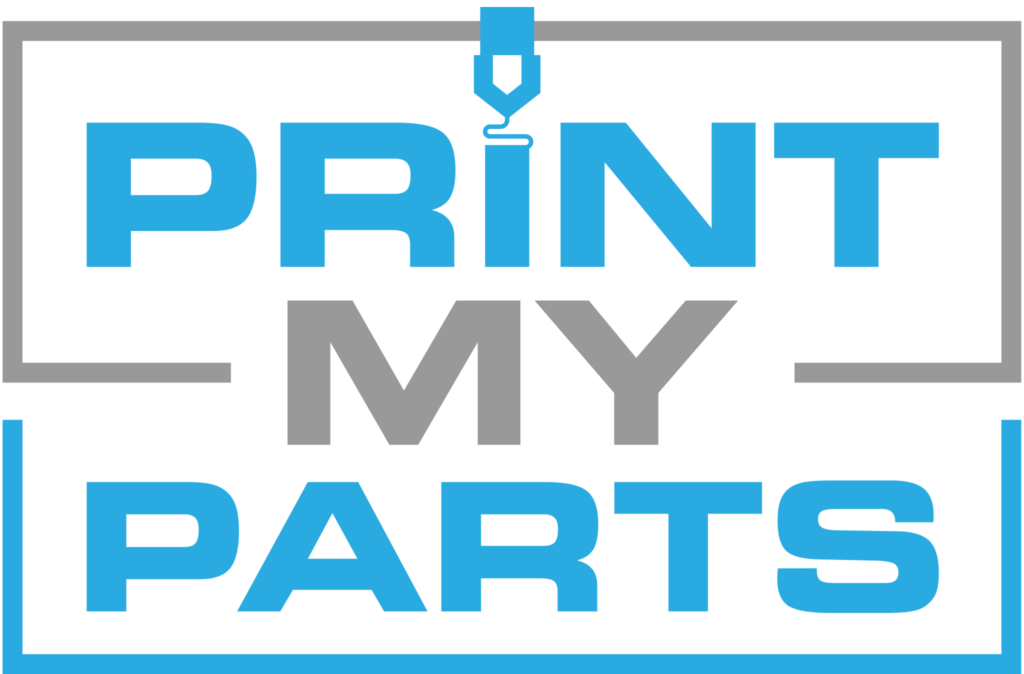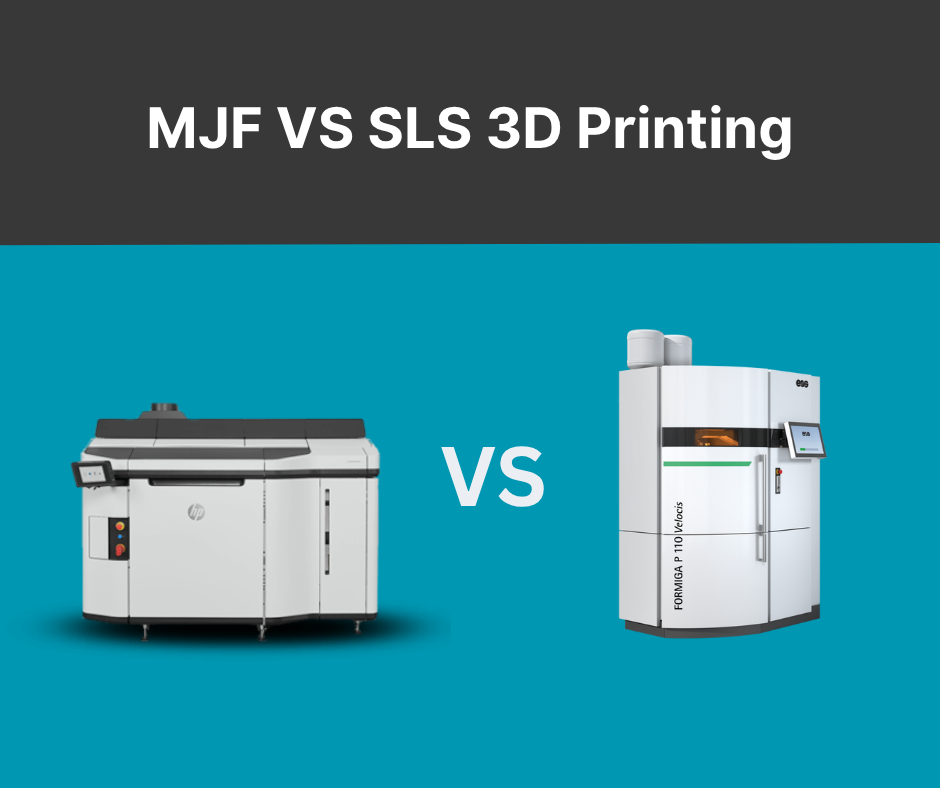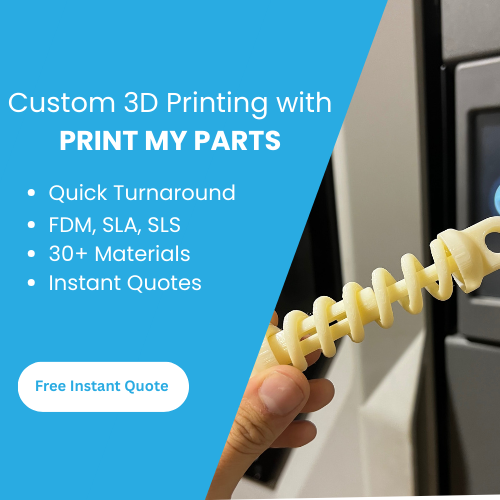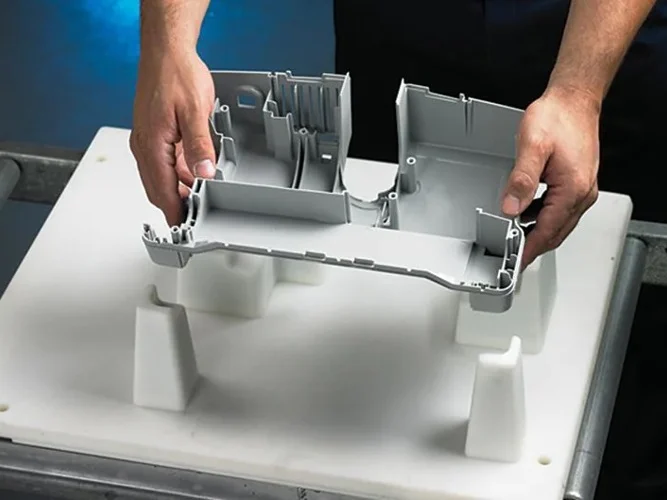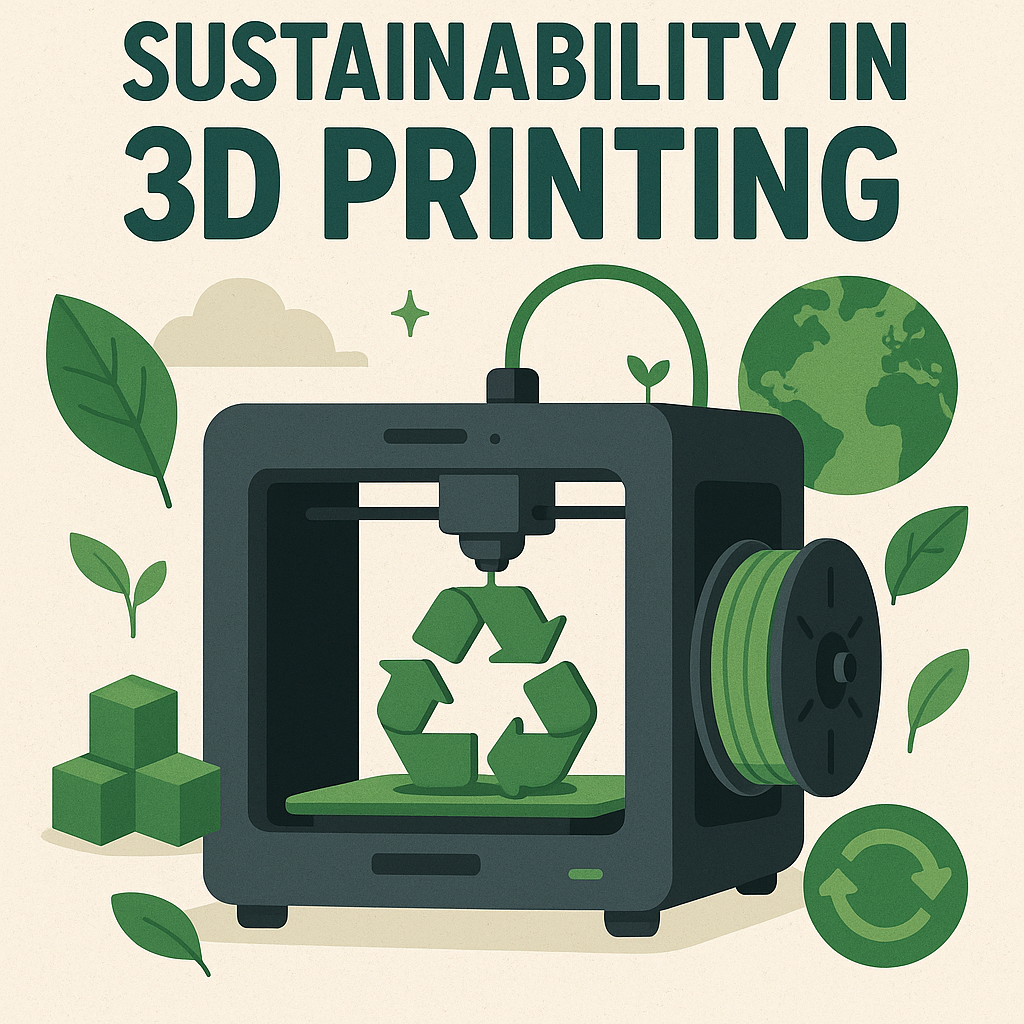3D printing technologies make manufacturing work better through accurate production options. SLS and MJF represent the two most trusted production methods in 3D printing. These two methods serve multiple purposes including designing prototypes and making both working parts and small-sized quantities. Your choice of technology depends on comprehending its unique features. Our analysis explains key components of SLS and MJF systems plus their selection criteria and operating characteristics.
Technology Overview
SLS Technology
Through SLS technology a single focused laser beam heats and melts each powder particle. The laser beam scans across the powder system to precisely fuse new materials in each created layer. Our technology builds complex designs even when we need no support components. Besides, the SLS technology successfully binds together various nylon types PA 11 and PA 12 plus polyamide composites with flexible thermoplastics such as TPU. Since the 1980s SLS emerged as the top technology for making usable and effective prototype items.
MJF (Multi Jet Fusion)
MJF technology uses inkjet nozzles to print fusing and detailing chemicals on powder layers. Infrared lamps heat the material for melting while the heat agents show the printer where to do this work. Melt control machines give users total control over product depth and texture development. MJF printing technology produces the best results for nylon materials like PA 12 and PA 11 while achieving superior surface quality and vibrant color choices. HP introduced MJF technology to the market in 2016 because users enjoyed its fast processing times and precise results.
Applications and Use Cases
SLS Applications
Aerospace and Automotive: The technology builds solid test samples with materials that reduce weight.
Industrial Equipment: The system needs parts that maintain their strength while facing tooling impacts.
Consumer Products: Our technology produces customized personal devices while making sports gear and technical tools.
MJF Applications
Healthcare: MJF technology produces medical replacement limbs dental braces and orthopedic appliances.
Consumer Goods: People combine exact digital models with digital components and fashion items.
Electronics: The 3D printing system builds complex components and produces exact small parts at the same time.
Advantages and Disadvantages of SLS Vs MJF 3D Printing
SLS Advantages
- This technology works well with many different types of materials and composite mixes.
- This technology produces strong functional parts that have complex designs.
- The technology produces parts without support materials while saving resources and production time.
SLS Disadvantages
- The final prints require secondary finishing steps because their surface texture needs improvement.
- The MJF system can create parts faster than SLS when working with small production amounts.
MJF Advantages
- The printing system delivers parts faster with better quality results.
- SLS produces parts that look great and need minimal touch-up work.
- Higher material reuse makes a major difference in waste management.
MJF Disadvantages
- SLS offers fewer material choices than its competitor SLS.
- The equipment needs large upfront spending.
SLS vs MJF 3D Printing Technology Comparisons
Process Mechanics
SLS uses a laser to target heating points that form strong printed layers. MJF prints faster because it uses a chemical fusing technique instead of a laser. MJF’s special binding liquids help designers adjust surface structure and air distribution to produce better-looking cosmetic products.
Material Options
Comparatively, SLS technology supports production with more material options beyond composites and flexible polymers. The technique builds items made of materials that need exceptional strength or special heat behavior. MJF mainly works with nylon materials but delivers exceptional part reproduction precision with material recycling efficiency approaching 90%.
Print Quality
MJF parts require minimal polishing because they show smoother surface textures. The system produces neat uniform details through chemical fusion techniques. Regular use will not affect the robustness of SLS parts because they have a knobby surface texture. The technology produces both complex shapes and useful objects better than alternative methods.
Build Volume and Speed
SLS machines create bigger build areas to produce larger parts. MJF devices generate small parts at a print speed that is 1.5 times faster than SLS systems. MJF delivers both faster production speed and better results when printing many parts.
Post-Processing Requirements
The SLS manufacturing method creates powder residue that sticks to product surfaces requiring professional methods such as media blasting or ultrasonic cleaning to eliminate it. The MJF method produces parts that require easier cleanup operations due to their reduced attraction to powder. MJF parts emerge from production with smooth surfaces so companies need to process them less often.
Cost Analysis
A small printing operation needs little investment to start using SLS technology. They have affordable maintenance expenses and operational requirements that stay easy to handle. MJF’s higher upfront cost leads to lower running expenses because of its quick production speed and smart material use. The total price of each part drops substantially when making many parts in production.
How To Choose Between the SLS VS MJF Technology?
Your decision should rest on your project details. To create durable functional components with many different materials SLS provides superior performance. To meet rapid production needs with excellent quality results MJF proves its advantage. Choose the right technology based on your project budget available materials and part design scale.
Conclusion
SLS and MJF stand as top-tier 3D printing solutions today. SLS technology produces the widest range of materials and strongest designs for complex shapes. MJF technology delivers fast production of exact parts with excellent finishing for consumer use. Knowing how these technologies differ helps businesses pick the right approach to achieve their production targets effectively.

